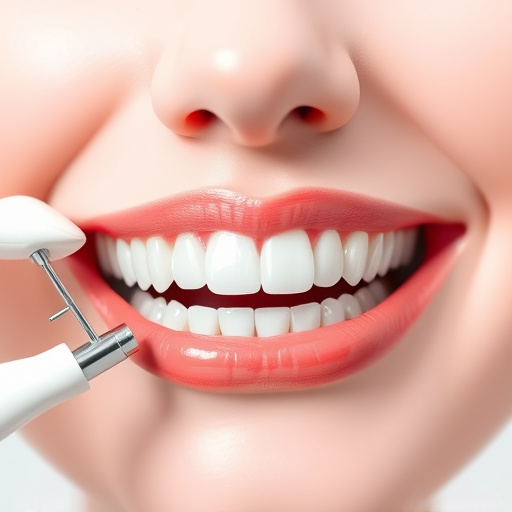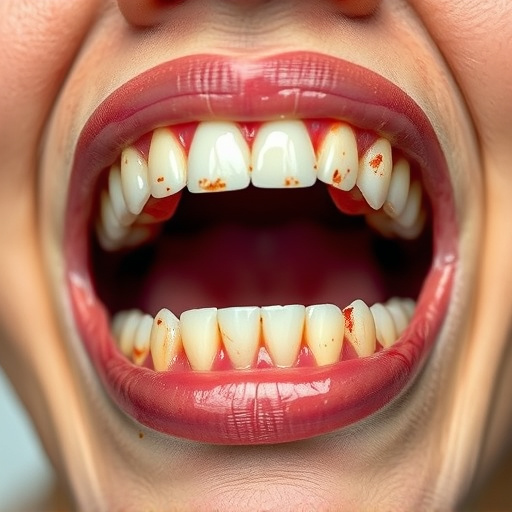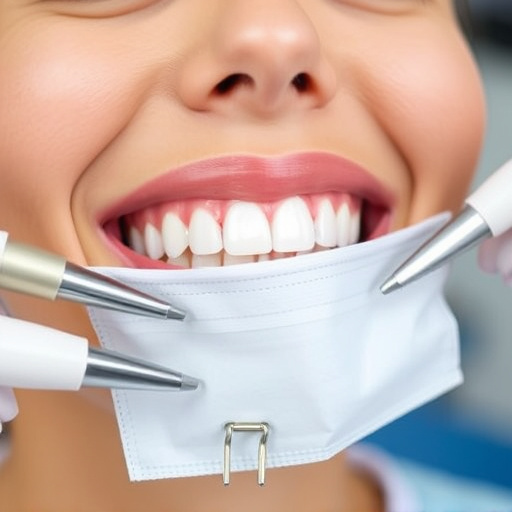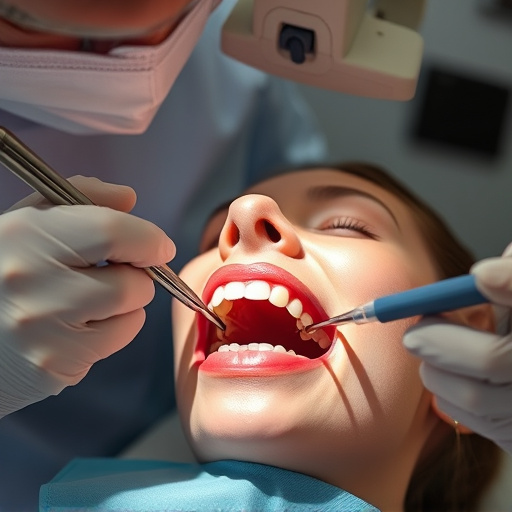Dental restoration services address chipped or broken teeth caused by accidents, decay, or trauma. Techniques include fillings, crowns (aesthetics & strength), inlays/onlays, and implants. Crowns restore tooth structure and appearance. Restorations improve chewing, speech, and comfort with minimal downtime. Proper aftercare ensures healing and long-lasting results from dental restoration services.
Dental restoration services are ideal solutions for chipped or broken teeth, offering a range of options to fix damaged smiles. This article delves into understanding various dental restoration techniques specifically tailored for such cases. We explore common types of restorative treatments available, highlighting their benefits and the recovery process. By the end, you’ll be equipped with knowledge to make informed decisions about restoring your smile.
- Understanding Dental Restorations for Chipped Teeth
- Types of Restorative Treatments Available
- Benefits and Recovery Process After Restoration
Understanding Dental Restorations for Chipped Teeth

Chipped or broken teeth can be a result of various factors – from accidental knocks to decay or trauma. Fortunately, dental restoration services offer effective solutions to restore your smile and oral health. These procedures go beyond simply fixing the visible damage; they involve precise techniques to replace missing tooth structure, ensuring both functionality and aesthetics.
Depending on the extent of the damage, dentists can recommend various options such as fillings, crowns, or even dental implants, similar to those used in children’s dentistry for permanent teeth replacement. In some cases, a simple tooth extraction may be necessary before proceeding with a restoration to maintain oral health and prevent further complications.
Types of Restorative Treatments Available

When it comes to repairing chipped or broken teeth, dental restoration services offer a range of options tailored to suit various needs. One of the most common and effective treatments is the use of dental crowns. These caps are placed over damaged teeth to restore their shape, size, and strength while improving their appearance. Crowns can be made from different materials such as ceramic, porcelain, or metal alloys, each offering unique benefits in terms of aesthetics and durability.
Beyond crowns, general dentistry practices also provide other restorative treatments like fillings, inlays, and onlays. Preventive dentistry plays a crucial role in maintaining oral health, and these procedures are designed to prevent further damage or decay. Fillings, for instance, repair minor chips or cracks by filling the affected area with a tooth-colored composite material, while inlays and onlays offer more substantial support for larger flaws, providing both functional and aesthetic improvements.
Benefits and Recovery Process After Restoration

After receiving dental restoration services for chipped or broken teeth, patients can expect several significant benefits. Not only do restored teeth look natural and enhance overall smile aesthetics, but they also improve chewing functionality and speech clarity. Additionally, dental restoration services like bonding or clear aligner treatments offer effective solutions without invasive procedures, minimizing discomfort and recovery time.
The recovery process varies depending on the chosen dental restoration method. For instance, dental bonding involves applying a composite resin to fix chips or cracks, with patients typically experiencing minimal downtime and sensitivity. In contrast, wisdom tooth removal may require a slightly longer recovery period but can significantly alleviate pain and prevent further complications. Clear aligners, while requiring patient adherence to wear them consistently, offer a discreet way to correct misalignments over time. Regardless of the chosen approach, proper aftercare instructions from your dentist will ensure optimal healing and long-lasting results.
Dental restoration services are an excellent solution for chipped or broken teeth, offering a range of treatments to suit various needs. By understanding the options available, individuals can make informed decisions about their oral health and appearance. The benefits of restorative dentistry extend beyond aesthetics, promoting long-term oral wellness. With proper care, restored teeth can last for years, ensuring folks enjoy comfortable and confident smiles.














